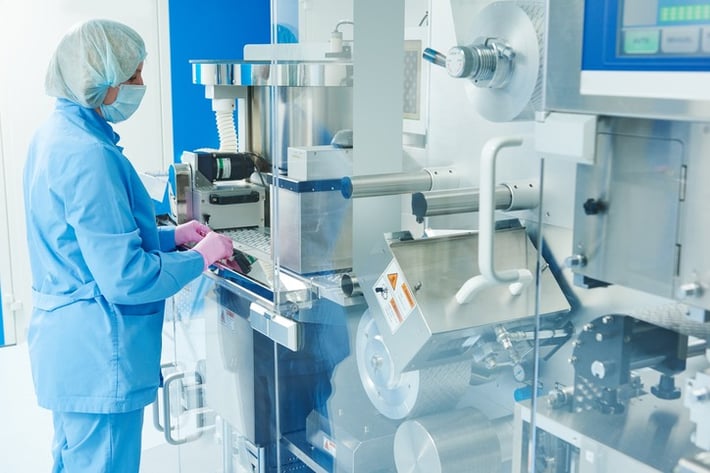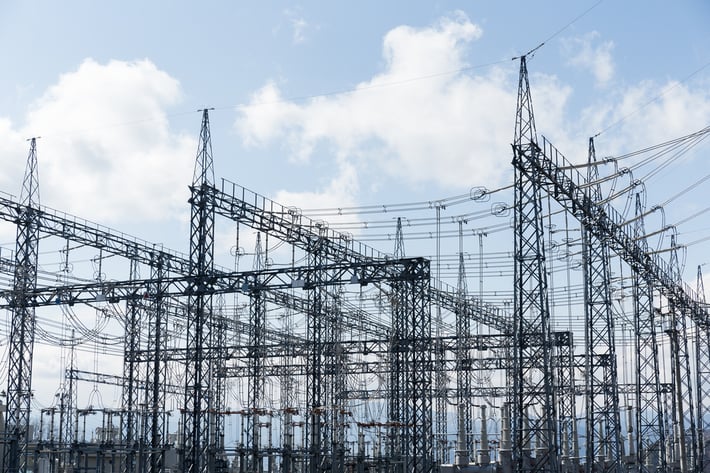
Can your lab predict and prevent disasters? Learn how to prepare, respond, and recover in the event of a disaster occurring.
Laboratory Disaster Planning
Power failures. Flood and fires. Theft. Data loss. COVID.
The disasters that can befall the modern lab are seemingly endless, both in breadth and depth. The good news is that most lab disasters are recurring. We call that “good news” because repeatable events and processes empower us to create plans for both response and prevention.
FEMA tells us there are four phases in disaster planning: mitigation, preparedness, response, and recovery.
At XiltriX, we provide lab monitoring and reporting services: our mission is disaster planning and prevention, and being tapped into the entire “possible disaster ecosystem” of the modern lab. And we follow the FEMA disaster phases to provide you with insights and plans of action to:
- mitigate risk for known threats,
- be prepared for unknown threats or known threats beyond your control,
- have a plan to respond when disaster strikes, and
- create a recovery plan that helps ensure you’re protected going forward.
Following are a few examples of possible disasters and the tools and tactics that can help keep you, your lab, your IP, and — above all — your people as safe as possible. But first, a bit about the modern lab.

The Diversity of the Modern Lab (and the Challenges it Creates in Disaster Planning)
The beauty of modern science and modern labs is the singularity of the work being done in each lab. Which means that the logistical needs, the floor plans, the machinery, the staff, the security needs and more vary widely from lab to lab (e.g., the lab working on COVID vaccines will have very different physical storage needs than the lab working on prenatal genetic testing).
This singularity often presents a massive challenge in disaster planning and response, of course, one not found in other industries where a one-size-fits-all approach to monitoring and security often suffices (e.g., a Walmart in Alabama has the same basic monitoring and disaster response needs as a Gap in California).
For every lab, its own plan and tools are required for disaster planning. Fortunately, what we’re doing here at XiltriX is “lab monitoring as a service,” which means while we have basic parameters for defining, preventing, and responding to disaster, it’s never a one-size-fits-all approach. It’s always a custom service based on each lab’s specific challenges and objectives.
Additionally, what we provide is a consulting service as well, one based on years of experience serving a multitude of different types of labs with wildly different logistic and business scenarios. We might not be able to predict what disaster may come next, but chances are we’ve handled it before and can create a plan-of-action specific to your lab.
Read more about Facility Monitoring in our eBook: The Ultimate Guide to Life Science Facility Monitoring
The Diversity of Disaster
Rather than spell out every possible disaster (you can find a complete list of lab disasters on the NCBI website here), we’ll focus on a few categories, and how a proactive monitoring and reporting service can help you roll with the (disastrous) changes.

Power failures in the lab
While they can be caused by myriad factors (weather events, human error, etc.) the results are often the same: loss of data, loss of productivity, loss of lab cultures and materials.
However, we can create plans for alternate power sources (such as a 48-hour battery package), and even judicious allocation of that power to ensure minimal loss. E.g., rather than continue to direct power to the break room fridge, power will be allocated to a lab’s cooling units — better to lose a few lunches than a few blood cultures.
Read more: "Is Your Lab Prepared a for Power Outage?"
Laboratory floods and fires
When people think “flood,” they may think of hurricane Katrina or other weather-events. But floods, albeit smaller ones, can come from within a lab as well, should a cooling unit fail and leak. It could even come from a neighboring office or building suffering an issue, like a burst pipe, which would literally spill over into your lab.
Likewise with fire. Fire in a lab, whether it started in the lab or outside, presents more risks than simply damage from the flames and the smoke: atmospheric changes wrought by fire can have a disastrous impact on a lab and its assets.
In either case of flood or fire, it’s not enough to simply have an alarm go off: ALERTS, to both people and systems, are a best practice as well. In the event of a fire, literal firewalls can be placed between rooms to protect your most critical assets. And by strategic placement of sensors and other monitoring tools, we can capture any variance indicative of flooding and fire and create an EOP (emergency operation plan) to rescue and preserve your most valuable assets.
Disaster is out there, but by following FEMA’s four phases, and incorporating a comprehensive reporting and response plan with XiltriX’s laboratory monitoring service, we can more easily see, and be better prepared to handle, anything that may come our way.
XiltriX North America leverages industrial-grade hardware, a user-friendly cloud-based software platform, and 30 years of experience in life science environments to provide a high value-added service to organizations of any size. Integrating outputs from both equipment and environmental conditions in real-time and leveraging state-of-the-art sensors, XiltriX provides a holistic view of your facility, proactively addressing issues before they become catastrophes. Request a demo today and learn how XiltriX can provide you with complete peace of mind.
